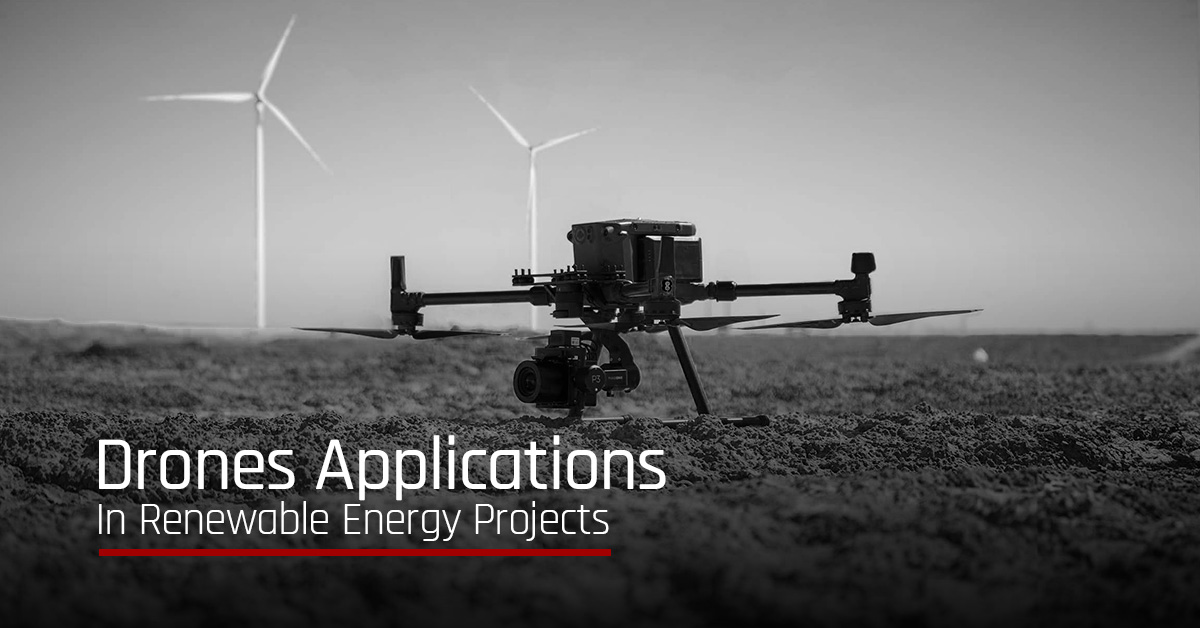The green energy sector is predicted to grow at a rate of 8.4% by 2030, and this increase in interest and demand for cleaner energy means the construction and development of new plants, farms and more, ensuring cleaner energy for all.
As renewable energy projects scale up, efficiency, safety, and cost-effectiveness are top priorities for developers. Through innovation in drone technology, companies are unlocking new ways to boost operational efficiency, cut costs, and improve safety standards. From wind farms and solar installations to geothermal sites and hydropower dams, drones are streamlining operations, reducing risks and boosting productivity, so the green energy sector can expand while maintaining sustainability and safety. Exploring drone innovation for the environment allows us to see how the latest technologies both benefit business and our wider world.
Drones for Solar Energy
To produce the amount of power needed for towns and cities, solar energy farms need a lot of space. An average of 4-5 acres is needed to produce 1MW of power so the scale of operations makes using drones a sensible decision for managing many aspects of solar energy production.
Drones play a vital role in the early planning of renewable energy sites by providing aerial data and mapping for surveys and layout design. Efficient use of space, especially on large sites, is critical to maximising output. Insights from the World Future Energy Summit suggest that drones can accelerate the planning process by up to 75%, even for smaller projects like rooftop PV systems, compared to manual surveys. During construction, drones offer aerial views that help track progress and identify potential issues early. Their automated flight paths ensure comprehensive site inspections, reducing the risk of human error and ensuring no areas are missed, even on large-scale developments.
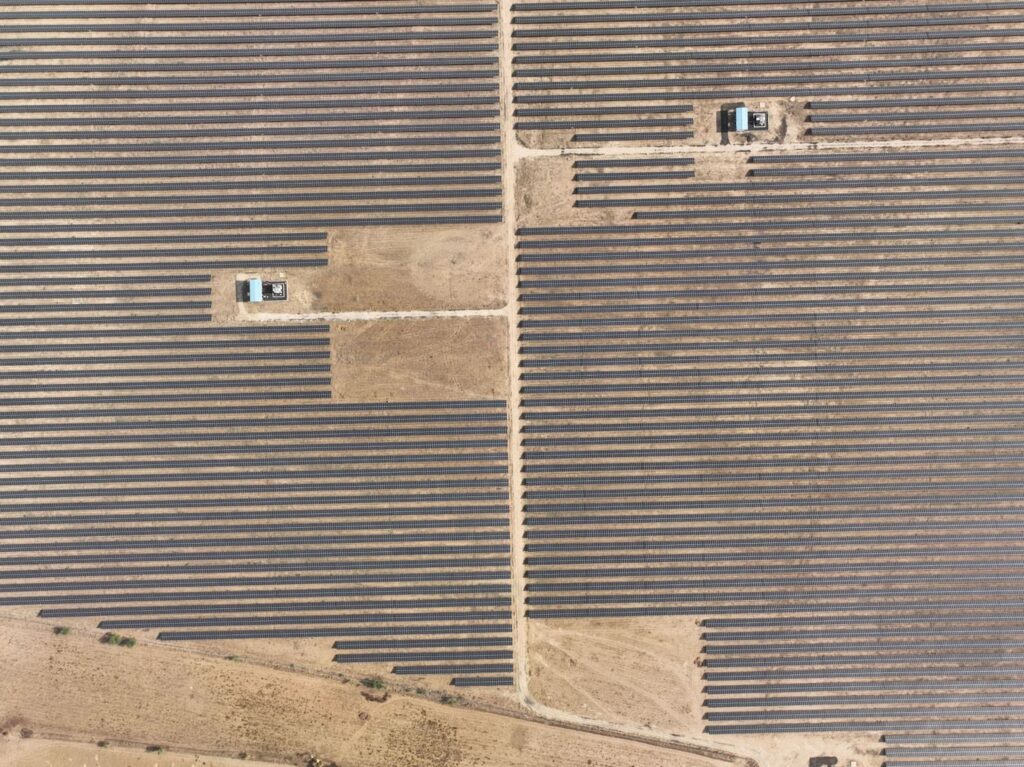
Drones have become important in the wind energy sector due to their ability to inspect hard-to-reach turbines, reducing costs and human risk. By using high-definition cameras, thermal sensors and LiDAR technology, drones provide real-time data on potential turbine issues such as blade damage, corrosion and structural wear. This information is important for predictive maintenance, helping to extend the lifespan of turbines and reduce downtime.
Drones can also play a key role in the early stages of wind farm development. They rapidly map large areas of land, providing insights into topography and wind patterns that help determine the most efficient placement of turbines. These UAV surveys are faster and more cost-effective than traditional methods, speeding up the planning and construction process.
After a wind farm is operational, drones continue to provide value through ongoing monitoring. They track environmental impacts like bird migration and vegetation health, ensuring that the wind farm complies with environmental regulations. As innovation in drone technology advances, AI-powered drones are being increasingly deployed for predictive maintenance, enabling the detection of anomalies before they escalate into costly repairs. Drones can quickly survey extensive networks to ensure that energy is efficiently transferred from the turbines to the grid without interruption.
Drones in Hydropower
The nature of the dams needed in the production of hydropower has always meant that inspections and maintenance have been difficult. Drones can easily inspect and navigate the dams and reservoirs needed in this renewable energy sector.
By detecting cracks, erosion, and other structural weaknesses, drones help prevent potential failures while reducing the need for manual inspections, which are often costly and dangerous. The use of drones for these tasks lowers operational costs and improves safety. Furthermore, drones equipped with advanced photogrammetry and LiDAR sensors can create highly detailed topographic maps, providing essential data for the construction of new dams. This mapping helps engineers better understand the terrain, hydrological patterns, and sediment levels, enabling the design of more efficient and environmentally sustainable dams.
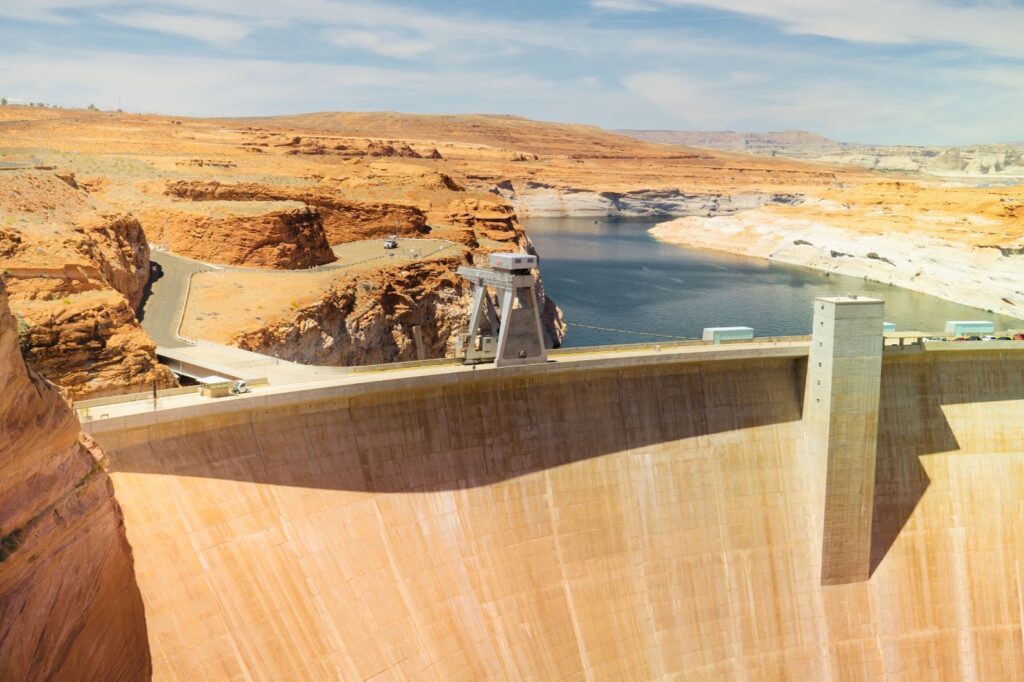
In emergencies, such as floods, dam overflows or landslides, drones offer real-time data that can be invaluable for disaster response and mitigation. Drones allow for rapid surveys of affected areas, helping response teams assess damage, coordinate relief efforts and monitor water levels to prevent further issues.
Drones in Other Renewable Energy Sectors
Drones are also useful in other renewable energy sectors such as geothermal and biomass. In geothermal projects, they use thermal sensors to identify hotspots and monitor pipelines for leaks, while also assessing environmental impacts. In biomass energy, drones track crop health and optimise the supply chain by monitoring yields and logistics.
Future Drone Applications in Renewable Energy
The next wave of growth will be driven by future drone applications that combine automation, AI, and data-driven insights. From autonomous inspections powered by machine learning to drones capable of repairing micro-damages in solar panels or turbine blades, the technology is rapidly evolving.
Future drone applications are expected to include:
- AI-driven predictive maintenance for renewable infrastructure.
- Swarm drones working collaboratively to cover large energy sites more efficiently
- Drones equipped with robotic arms for precision repairs in dangerous environments.
- Integration with digital twins, allowing real-time monitoring and simulation of energy assets.
These developments demonstrate how innovative drone applications will not only improve operational performance but also set new industry benchmarks for sustainability and safety.
At FEDS drone-powered solutions, we support businesses across the renewable energy sector, helping our clients source and implement the most suitable drone technologies for their business.
Get in touch with us today to learn how we can help your renewable energy projects become more sustainable.
Frequently Asked Questions
What are the most promising future drone applications in renewable energy?
How is innovation in drone technology transforming renewable energy?
What are some innovative drone applications in solar and wind power?
Why are drones considered the future of renewable energy operations?
How do drones improve safety in renewable energy projects?
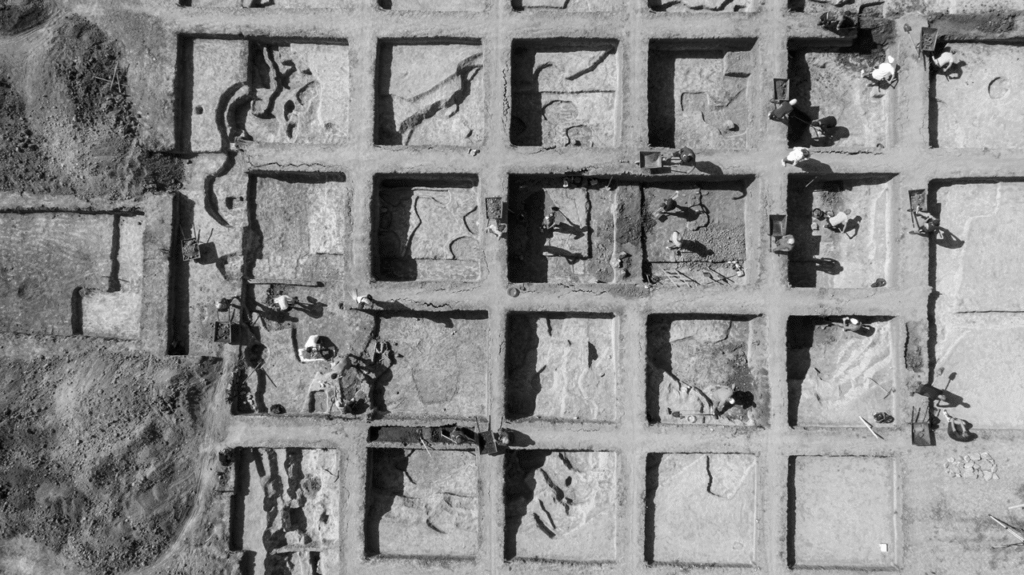
Mapping Underground Utility Networks: Drones + Ground Penetrating Radar
Combining drones with ground penetrating radar transforms utility mapping, making…
Read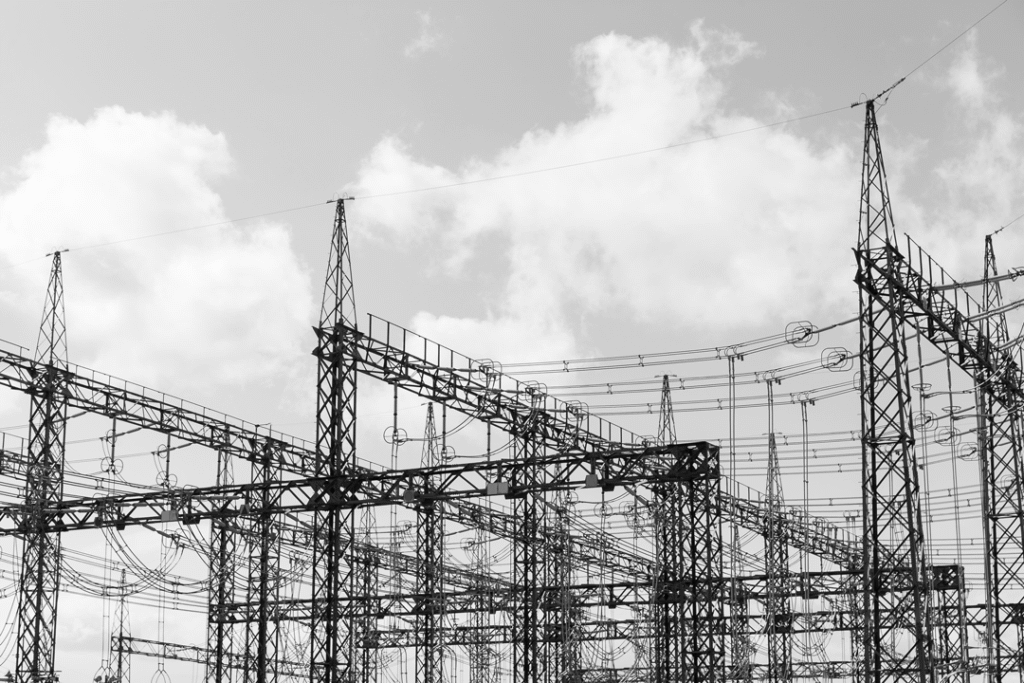
Drones for Substation Inspection: Boosting Grid Reliability in Extreme Weather
Climate scientists agree that extreme weather events are becoming more…
ReadSubscribe to our newsletter
Get the latest drone news and updates sent straight to your inbox.
Subscribe